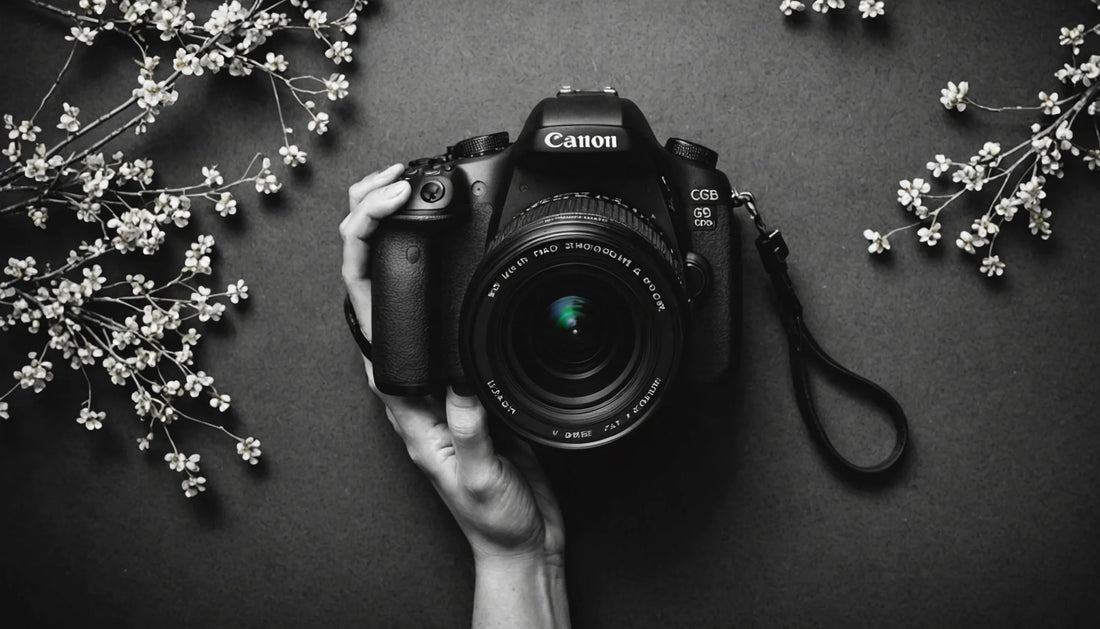Painting a wall in your home office studio with green paint can be one of the most cost-effective ways to create a green screen. Painted surfaces are durable, flat, and not prone to wrinkles (the curse of muslin green screens. ) But, you have to choose the right paint or your efforts will be doomed from the start. Picking the best green screen paint comes down to three things: finish, coverage, and color.
The Right Paint Finish
Interior house paints come in a wide variety of finishes like satin, eggshell, and semi-gloss. The optimal green screen finish provides a flat even surface that minimizes surface imperfections and reflections. The best paint finish for your home office green screen is flat paint. Flat paint creates a slightly dull and chalky looking finish that hides imperfections and will do a great job spreading out light evenly when it comes time to light your studio.
Flat finishes are less resistant to staining and harder to clean than others. Keep a little extra paint on hand for touch ups.
Paint Coverage
If you are choosing house paint to save money on your green screen, be careful not to over-economize. Cheap paints use inexpensive fillers that reduce the amount of color pigment used in each gallon. The result is a very thin layer of color that does not cover the wall effectively. You end up having to put more coats of paint on the wall to get proper color coverage. Brush marks and uneven color might not be important when painting the inside of your garage, but it will make a huge difference on the results you get from your green screen.
Choose a name brand paint designed for single coat coverage. Paints with built-in primer do an excellent job. Then, apply at least two coats of paint to ensure even coverage. Most household paints will cover 300-350 square feet per gallon. One gallon will usually be enough for a large wall with a bit left over for touch ups.
Paint Color
Successful green screen compositing relies on having the right color behind your performer. House paints create a specific color the same way you did back in art class. They mix several different colored pigments together to arrive at the color on the chip chart. The process works well and makes it easy to efficiently provide a rainbow of color choices at your local home center.
Professional green screen paints do not use pigment blends. They carefully select pigments that are exactly the right shade of pure green. There is no chance that the color might be a little ‘off’. ‘ This makes the paint more expensive to produce and less versatile for other uses. If you can afford the premium price, buy the good stuff. But, you can get excellent results with less expensive paints.
Do not trust your eyes when selecting colors. Picking a pure green color is a lot harder than you think. The one that looks right will usually have subtle undertones that will make it much harder for your editing software to separate the background and foreground. If you can get a small sample of chromakey green fabric or paint, take it to the store and have them use their color matching computer to create a custom paint mix. This will give you the best results possible with household paints.
If you don’t have a color sample to scan, there are a few pre-mixed paint color blends that independent video producers have tested and found to give the results possible. Pick one of these colors and you can be confident of getting excellent results from your home office green screen.





